
Where there was once a lifeless, unattractive white wall, there are now murals that could be masterpieces in any gallery.
Nicoyan artist Ruben Soza has adorned the walls of the Casa de Cultura and the pavilion in the park of Nicoya with paintings, the latter of which is still in process.
According to the 30-year-old painter, the idea came up last year, when the initiative was presented to the Municipality of Nicoya, the entity that is financing the project at a cost of ¢3.5 million ($6,600).
“I wanted to paint murals and I proposed it to the Muni. I believe this gives value to the [central] park [of Nicoya], because people go and do nothing. However, now people can stay there looking at the painting, entertain themselves. The truth is that as a painter, it is also helpful to me to exhibit my work,” Sosa said.
The work that is already finished in the Casa de Cultura is an abstract mural with bright colors that took me four weeks, while the one being done on the pavilion is aimed at capturing local traditions such as the wood cutting festival and the Yegüita dance and also images that represent Nicoya, such as the Colonial Church and Cerro de La Cruz.
The mural on the pavilion is both on the wall facing the Municipality as well as the backside that faces the square.
“I would like people to feel that this is everyone’s, that this is art. Hopefully everyone will take care of it, because it would be very sad to see some marks or graffiti over the paint,” emphasized Soza.
About the Artist
Soza’s talent is nothing new, since he has been a professional painter for 12 years. The Nicoyan received training at the La Casa del Artista workshop in San Jose, where he exhibits his works periodically.
In addition, Soza has his own workshop, Arte Rubio, in the San Martin neighborhood, where he gives painting classes, sells some of his works and also makes wooden frames.
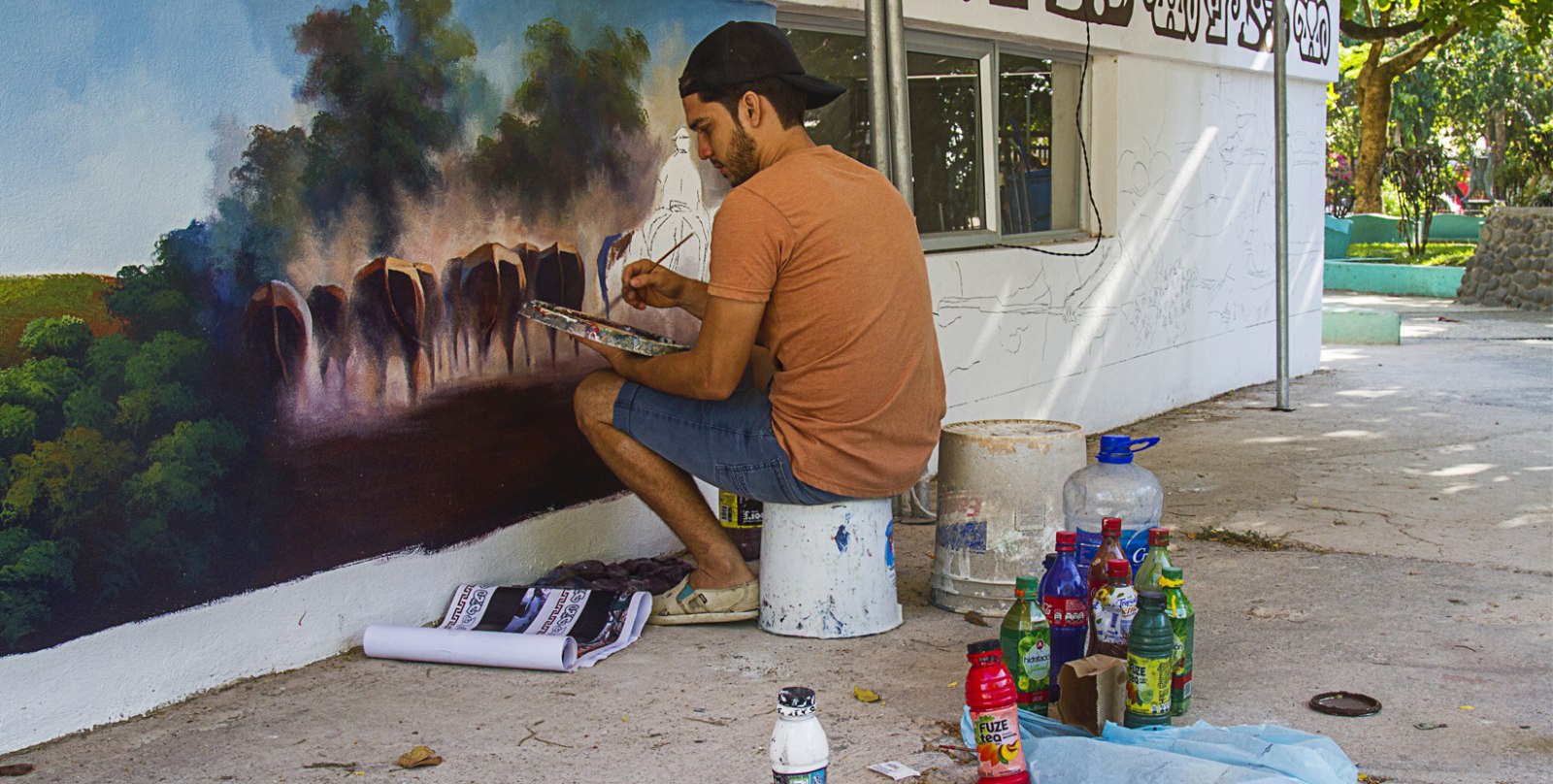
The mural design is inspired by the decoration of jars with Chorotega patterns in the upper part and customs of Guanacaste.


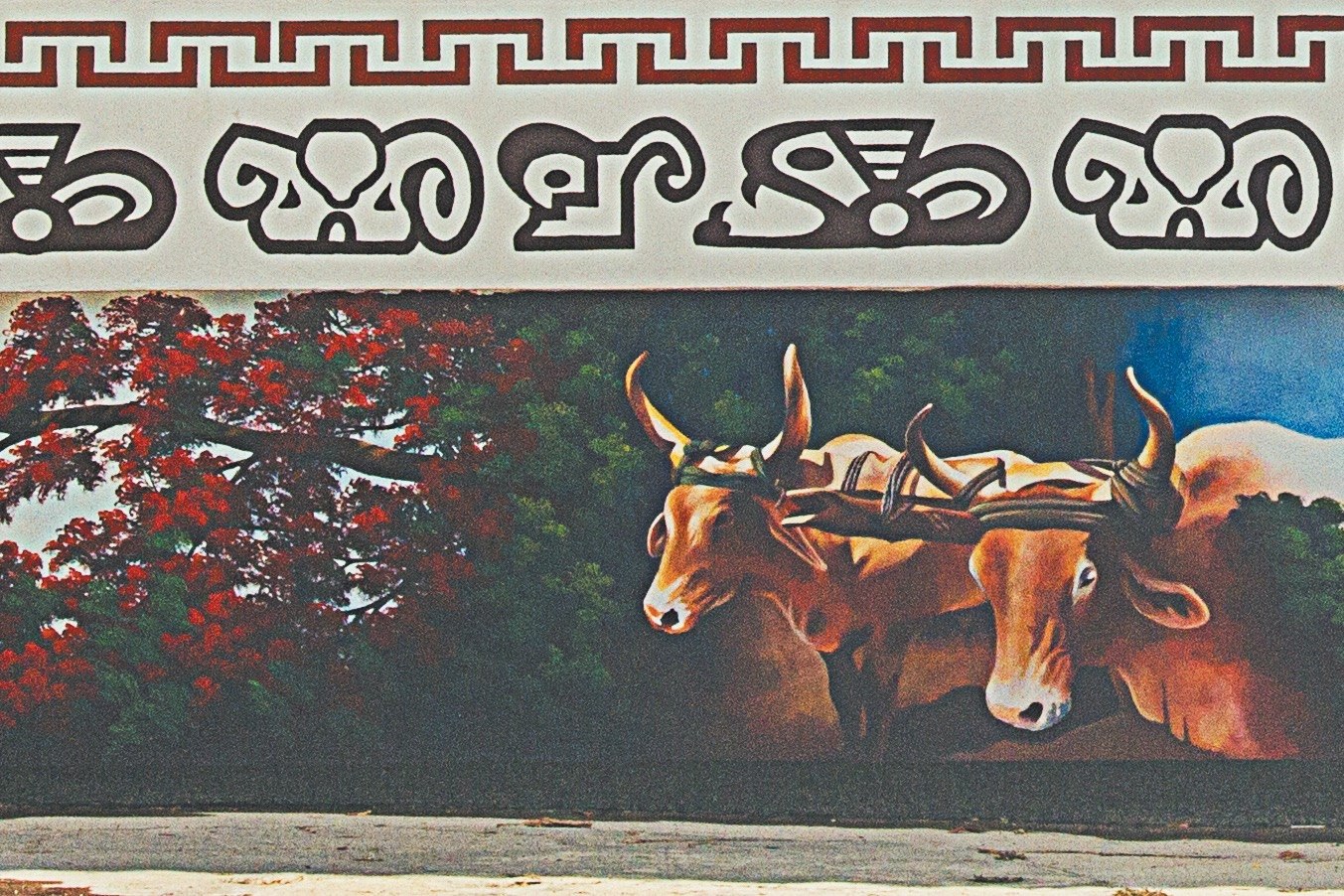
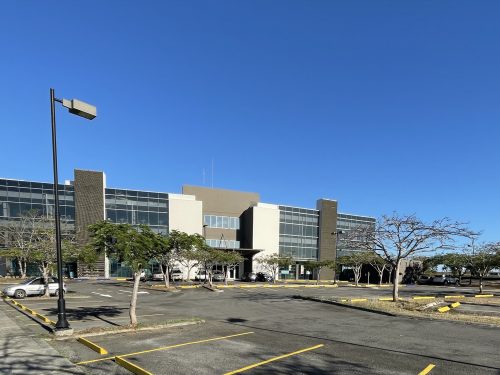
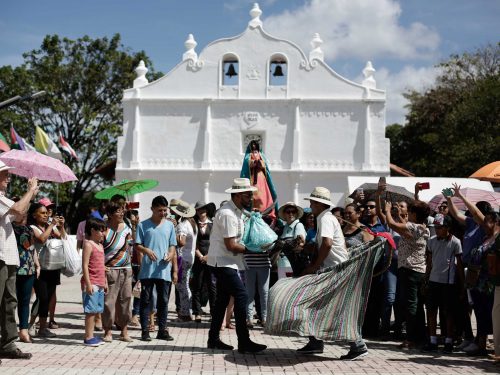
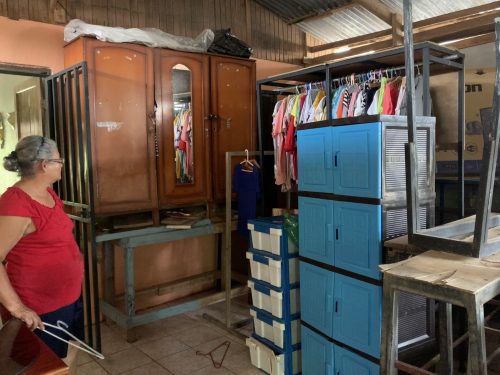

Comments